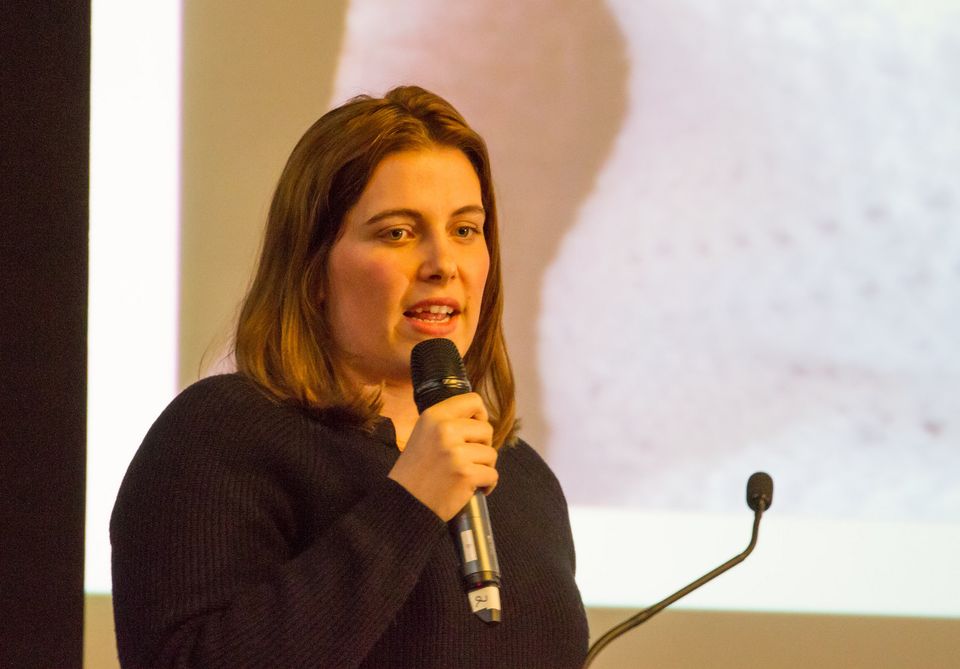Applying user centred design to complex data structures

I’m writing from Talk UX, the conference on UX aimed at getting new and differing voices heard.
Hannah Tempest spoke from her experience working with complex mobile apps such as pensions providers.
Apps have come a long way in a short time “they used to be silly—though if anyone here did Pimp My Cat, it’s actually a great app”, and are more powerful than ever thanks to the iOS7 update that not only lets you pull in who, what, and where, but also lets you auto-update apps in the background.
She emphasised that more than ever, collaboration is key: “every UX designer needs a tame developer to collaborate with”
This is particularly important with apps, due to technical considerations. Collaborating means that you can suggest wild ideas and quickly get feedback on what is and isn’t viable: “It’s easy to make a big, crazy idea practical. It’s really hard to make a small thing interesting”.
In order to think about both user interactions and the technical processing that has to take place, she showed her “t-bar approach” (not unlike a UX iceberg!)
Nice tool for mapping the process from @palindromic_han #talkux pic.twitter.com/5aOQRvNdoe
— Vicky Teinaki (@vickytnz) March 5, 2015
I particularly liked some of her considerations based on real world problems. One issue she highlighted was security and APIs. One app she worked on involved doing pension calculations based on a user’s account details. While some of the calculations could be done in browser, this could potentially be a security risk: it would be better for the calculations to be done by the the application itself and the API just serve up the results instead. As per before, Tempest noted that this requires collaborating with a developer in order to understand how things can be resolved technically.
She also suggested that the difference between “good and great UX” is “defining the negative” – anticipating break situations and designing them so that they “fall over gracefully”.
To this point, she also suggested for every data point getting your dev to find the best, worst, and average examples for a type of data as that allows you to both design for the expected and allow for the negative (e.g super long or super short names).
She also mentioned that animations can be very useful to change a user’s perception of time lag. There are some good examples of research for this already such as the Instagram ‘pre-upload’ functionality, or Facebook using an OS loader rather than a custom one to make people think their device is slow rather than the app. Tempest gave the example of using tiny interactions to stagger 20 simultaneous API calls without the app feeling as if it was hanging.
When it comes to communicating these interactions to developers to make, there are lots of prototyping tools available such as Pixate or proto.io – though Tempest also recommends good old paper prototyping and manual sound effects “it’s got to woosh with a boink at the end”.
Header image NC-BY-CC by Talk UX.
Member discussion